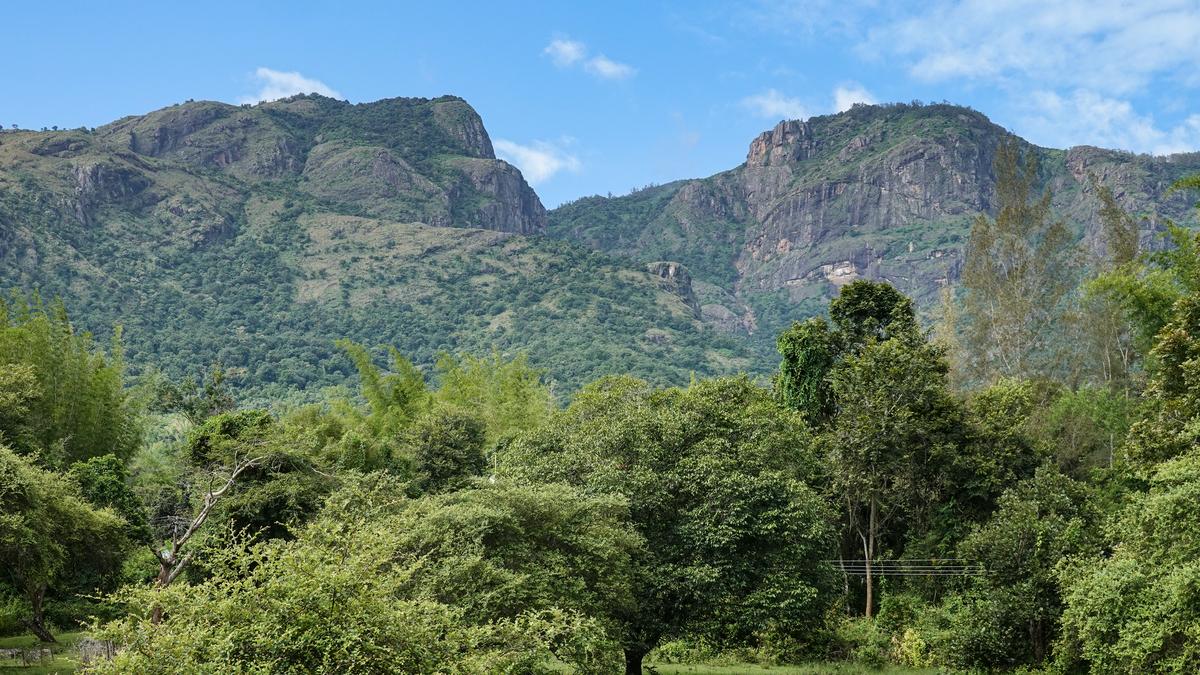The Nilgiri mountains….
Now Reading: Dead Birds and Old Maps: Tools for Tracking Biodiversity Decline
-
01
Dead Birds and Old Maps: Tools for Tracking Biodiversity Decline
Dead Birds and Old Maps: Tools for Tracking Biodiversity Decline

Quick Summary
- The Nilgiri mountains, part of the Western Ghats, are a biodiversity hotspot known for their endemic species and grasslands.
- A new study published in Global Change Biology analyzed historical and present land-use changes in the Nilgiris over 170 years using museum archives, field surveys, and GIS-based digitized maps.
- Grassland habitats have reduced by ~80%, from 993 sq. km (1848) to 201 sq. km (2018), leading to a decline in about 90% of grassland bird species such as the Nilgiri pipit and malabar lark.
- In contrast, forest bird populations remain stable due to grasslands being replaced by forests thru plantations or woody invasive species driven by temperature changes.
- Scientists utilized historical data from natural history museums alongside innovative methods like Bayesian statistical modeling (FAMA) for biodiversity comparisons across time periods.
- Major challenges highlighted include limited access to museum collections due to outdated infrastructure, bureaucratic hurdles, lack of digitization, high travel costs, and visa barriers with international institutions housing important Indian specimens.
Indian Opinion Analysis
This study underscores the critical need for India’s conservation focus to expand beyond forest ecosystems and recognize the ecological value of grasslands. While afforestation efforts have supported forest birds’ stability over time, they have come at a cost: drastic declines in delicate grassland-dependent avian species. The findings suggest an urgent need for balanced conservation strategies that address habitat-specific requirements.
The researchers’ innovative use of historical archives paired with modern technology showcases how interdisciplinary approaches can yield meaningful insights into long-term environmental impacts. However, broader challenges remain-especially limited access to global repositories housing significant Indian specimens-which may impede domestic research advancements.
As India continues grappling with climate change-induced habitat shifts and urbanization pressures on biodiversity hotspots like the Nilgiris, this study calls attention not just to preserving landscapes but also enhancing accessibility of critical data across borders for robust policymaking.
Read more:























